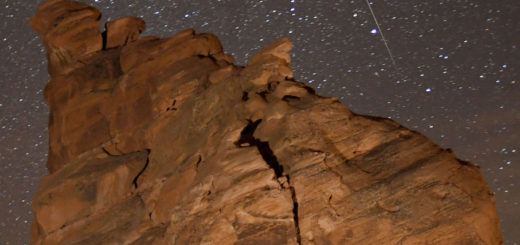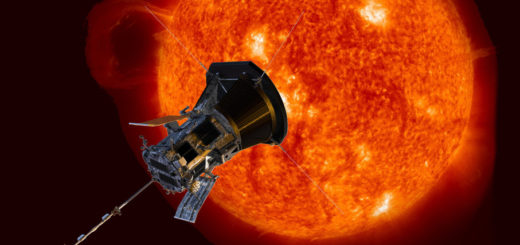Giant ghostly ‘hand’ stretches through space in new X-ray views

An enormous ghostly hand stretches through the depths of space, its wispy fingers pressing against a glowing cloud.
It sounds like science fiction, but it’s quite real, as imagery gathered by NASA’s Chandra X-ray Observatory shows.
The “hand” was spawned by the death of a massive star in a supernova explosion, which left behind a fast-spinning, superdense stellar corpse known as a pulsar, Chandra team members said in a description of the dramatic images.
Related: Amazing photos by NASA’s Chandra X-Ray Observatory
Click here for more Space.com videos…
CLOSE
That pulsar has blown a bubble of energetic particles around itself, which, combined with the debris blasted out by the supernova explosion, created the hand-like structure that stretches 150 light-years. The glowing feature that it’s reaching for, meanwhile, is a mammoth gas cloud known as RCW 89.
The supernova remnant at the heart of the hand, called MSH 15-52, lies about 17,000 light-years from Earth. Astronomers think the light from its explosion reached us about 1,700 years ago, making MSH 15-52 one of the youngest supernova remnants known in our Milky Way galaxy, Chandra team members said.
Related: Haunting Photos: The Spookiest Nebulas in Space
Chandra has imaged the hand before; it was the subject of an April 2009 photo release, for example. But a recent study took a deep dive into the hand’s dynamics, using Chandra imagery from 2004, 2008, 2017 and 2018.
The research, which was published in The Astrophysical Journal Letters in June 2020, found that the supernova blast wave, which lies at the hand’s fingertips, is traveling at about 9 million mph (14.5 million kph) and material closer to the palm is moving even faster, in excess of 11 million mph (17.7 kph).
“While these are startling[ly] high speeds, they actually represent a slowing down of the remnant. Researchers estimate that to reach the farthest edge of RCW 89, material would have to travel on average at almost 30 million miles per hour [48.2 million kph],” Chandra team members wrote in the image description.
“This difference in speed implies that the material has passed through a low-density cavity of gas and then been significantly decelerated by running into RCW 89,” they added.
Click here for more Space.com videos…
The dead star likely created such a cavity shortly before exploding, when it shed much of its outer hydrogen layer, Chandra team members said.
Chandra has been eyeing the cosmos in X-ray light for more than two decades. The telescope launched to Earth orbit aboard the space shuttle Columbia in July 1999.
Chandra is one of four NASA “Great Observatories,” which launched between 1990 and 2003. The others are the Hubble Space Telescope, which remains active today (though it’s dealing with a computer glitch at the moment); the Compton Gamma Ray Observatory, which launched in 1991 and ended its mission in 2000; and the infrared-optimized Spitzer Space Telescope, which launched in 2003 and was taken out of service last year.



 Creators of mankind
Creators of mankind Description of “Tall white aliens”
Description of “Tall white aliens” Where they came from?
Where they came from? About hostile civilizations
About hostile civilizations The war for the Earth
The war for the Earth “Tall white aliens” about eternal life
“Tall white aliens” about eternal life Video: “Nordic aliens”
Video: “Nordic aliens” Aliens
Aliens Alien encounters
Alien encounters The aliens base
The aliens base UFO
UFO Technology UFO
Technology UFO Underground civilization
Underground civilization Ancient alien artifacts
Ancient alien artifacts Military and UFO
Military and UFO Mysteries and hypotheses
Mysteries and hypotheses Scientific facts
Scientific facts


















